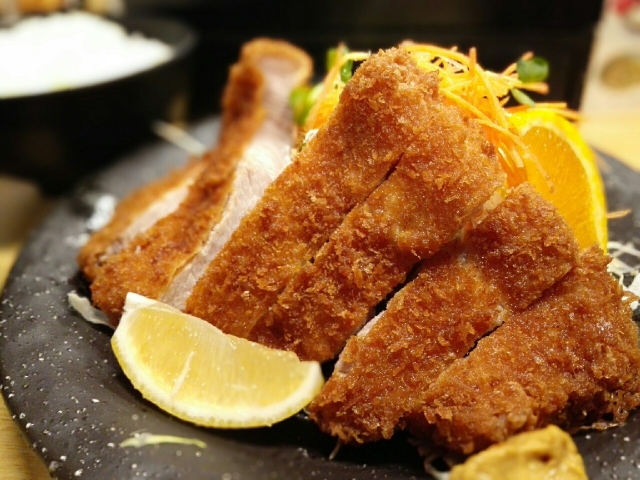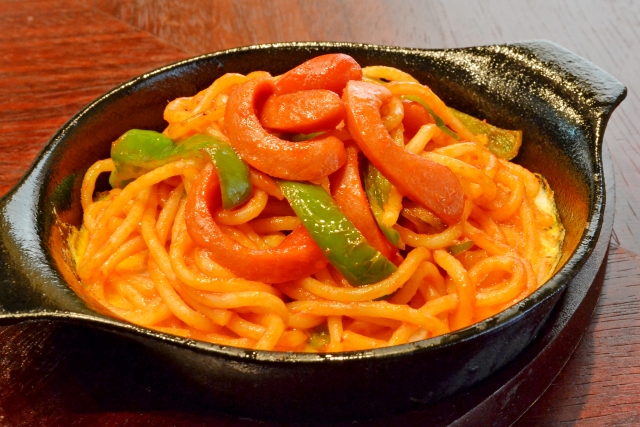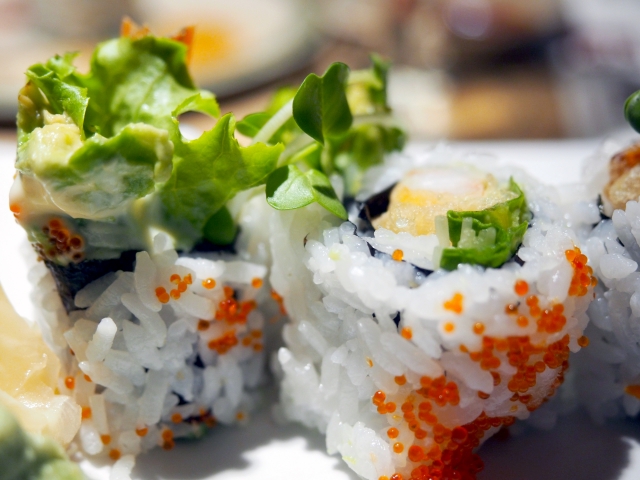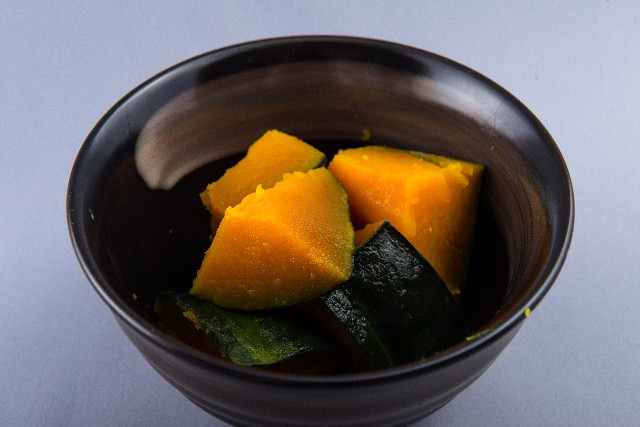Now a Japanese Dish, But Not From Japan
As well as many Japanese words, there are “Japanese dishes” that originate in other parts of the world. Back in the 16th century, when Japan began trading with Portugal, the Japanese culture slowly started to be influenced by “western” cultures. Naturally, the same influence expanded to our food culture. Bread was introduced to us, and so was the name for bread. The word for “bread” in Japanese is “pan” and in Portuguese, it is “pão” (pronounced “paon”). Do you see the similarity? Kasutera, a very popular pound cake in Japan, was originally introduced by either Portugal or Spain. The name of this cake comes from a word “Castilla” which means kingdom. History says that it was named this way because it came from a kingdom from the western world. “Kompeito”, tiny colorful sugar candies that can be found in traditional sweets shops and in souvenir shops are also originally from Portugal. Its name derives from a Portuguese word “confeito” which means “confection (sweet delicacy)”.
Kabocha, or pumpkin, a vegetable that is used in many Japanese dishes is also not from Japan. It was brought to this country by the Portuguese from Kambodia, and hence it is “Kabocha”. As I researched further, I found out that the world famous Japanese cuisine, Tempura, is also, to my own surprise, not a pure Japanese dish. During lent in Portugal, meat consumption was forbidden. They only ate fried vegetables and seafood during lent, which seemed to have been introduced to Japan. “Lent” in Portuguese is “Quatro Têmporas
In Japan today, you can find a vast variety of restaurants from all over the world as well as places that offer traditional Japanese cuisines. Among the most popular Japanese foods, some has foreign origins that you may have never known. Here are a few fascinating historical facts about these Japanese dishes and how they came into existence.




As you probably already know, Ramen derived from a Chinese noodle dish and Curry-rice from India. Both dishes have evolved over time and transformed itself into a uniquely different dish than the original ones, establishing a status as a dish which we cannot live without. Another national cuisine the Japanese never seize to love is Tonkatsu, or sometimes called poku katsuretu (pork cutlet) which origin can be traced back to a French dish called “cotelette”, or cutlet in Enlgish. With a portion of thinly sliced cabbage salad on the side, Tonkatsu and its variation dishes are one of the signature plates so commonly eaten for lunch or dinner. Along with Tonkatsu, another deep fried dish that is quite popular is “Korokke” or croquette. Croquette is a dish that can be found in many of parts of Europe, and the actual origin of Japanese croquette is uncertain.
Now, let me introduce you some other classic dishes in Japan that are considered “western” cuisines. If you ever go to a not-so-expensive local diner restaurant which is generally called “family restaurant”, you may find “Spaghetti Napolitan” on the menu. It is a very popular pasta dish in Japan, especially among children. If I must describe this dish with words, it would be “Spaghetti stir-fried with ketchup”. Although many Japanese believe that it is an Italian dish, this “Spaghetti Napolitan” does not come from Naples, Italy, or anywhere in Italy for that matter. It is a completely original Japanese pasta dish. “Doria” is another dish with similar background. This rice casserole dish with béchamel sauce and cheese on top is also very far from any traditional Japanese cuisines but it was actually created in Japan in the 1930’s in Yokohama by Mr. Sally Weil, the first grand chef at the now-historical Hotel New Grand.
On an additional trivial note, there are also Japanese dishes created outside Japan. One of the most famous one would be “California Roll”: a roll of sushi with avocado, cucumbers and crab sticks with mayo. This was crafted by a sushi chef at a restaurant in Little Tokyo in LA, California. This US born California roll found its way to Japan eventually and it is now served as a regular sushi dish in many places. The idea that began with California rolls of using more “western” ingredients opened up a new door to modern sushi variations that have never existed before: Sushi rolls with tempura or sausage (it is called sushi-dog), BBQ pork or sliced roasted beef on sushi, you name it. Children are fascinated by these non-seafood sushi variations, and it is ever so popular now. I am not too sure if they deserve to be called sushi at all, but it sure is accepted among the younger generations of Japanese. Traditions are one way to enjoy Japan, but new trends may not be too bad to try either, or is it?
